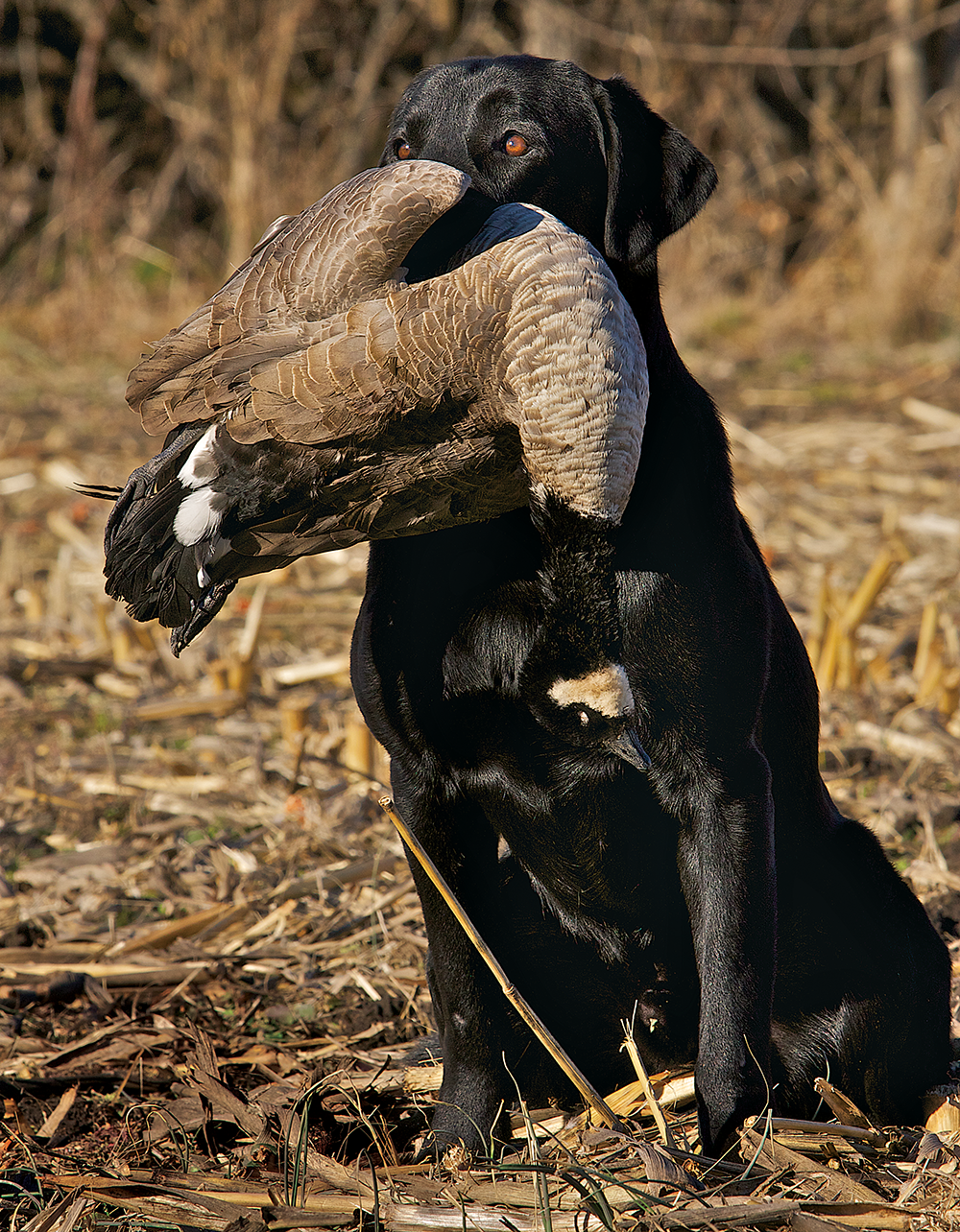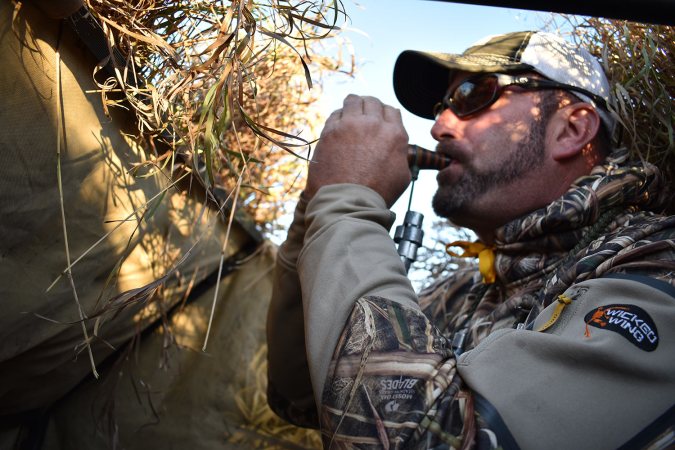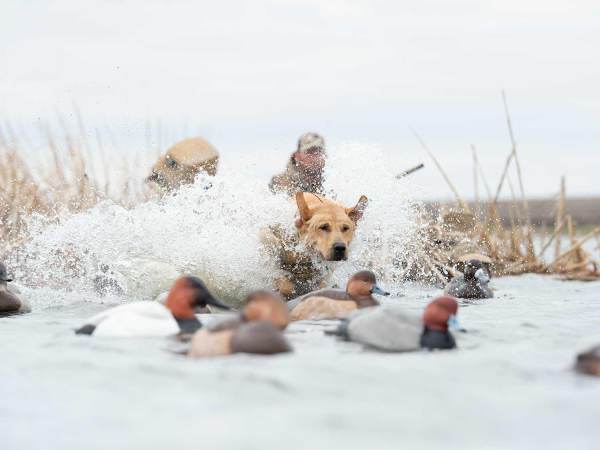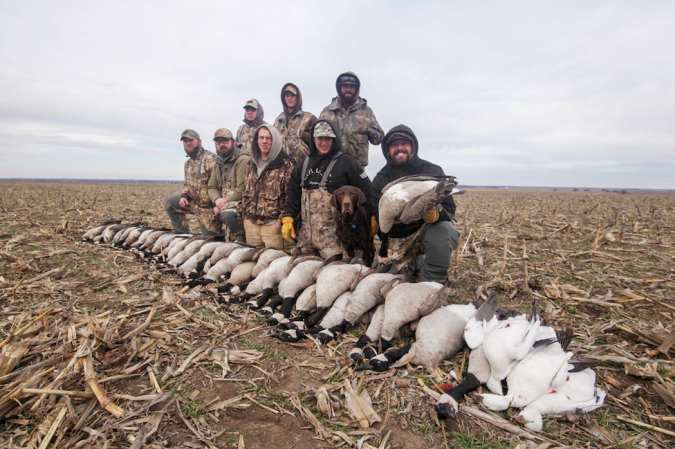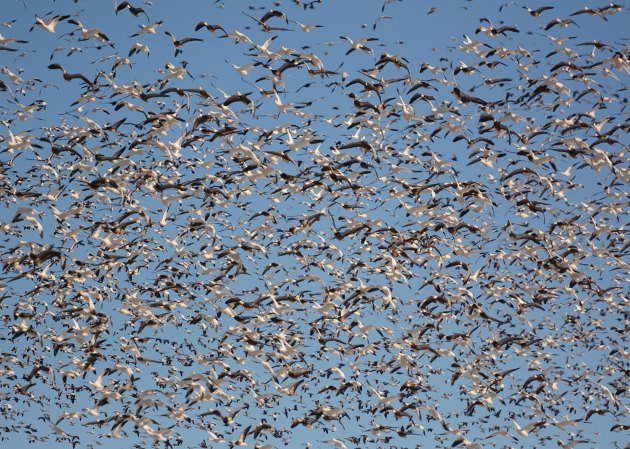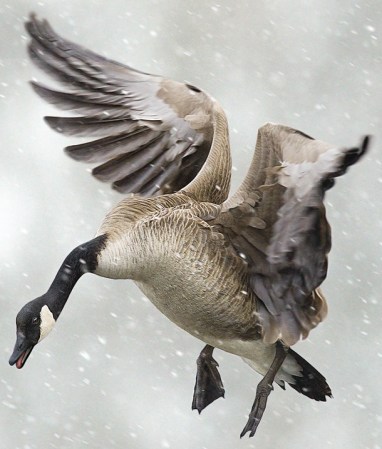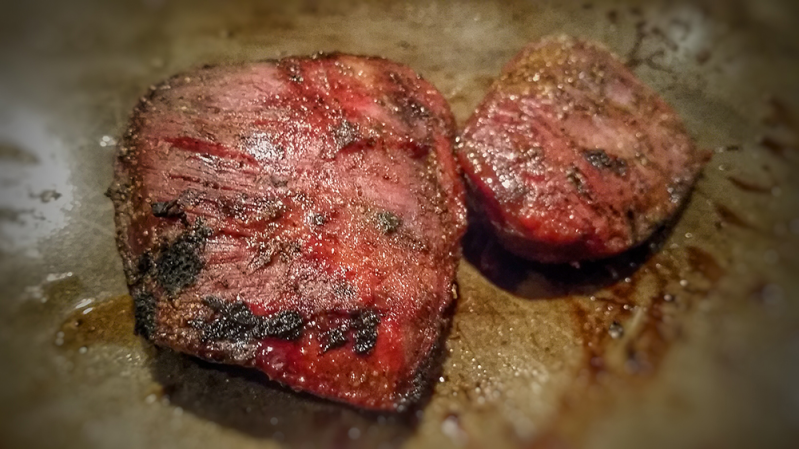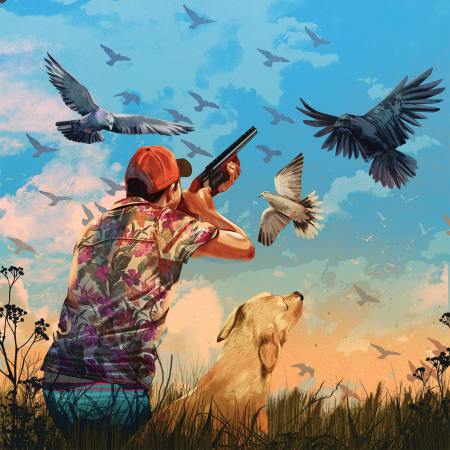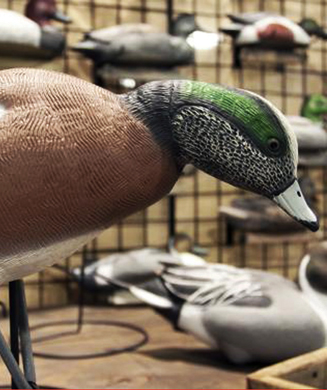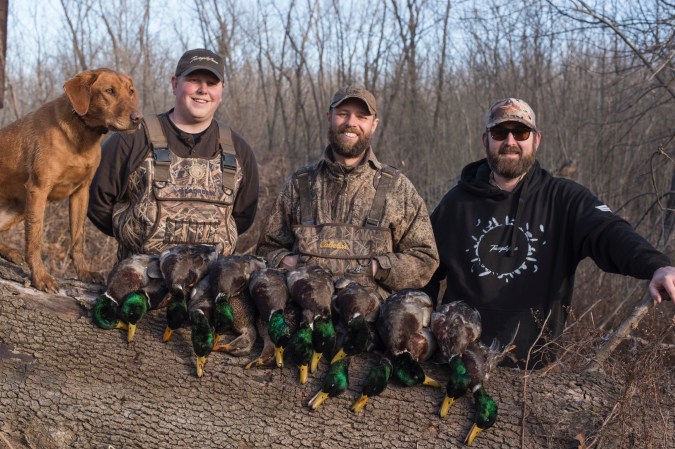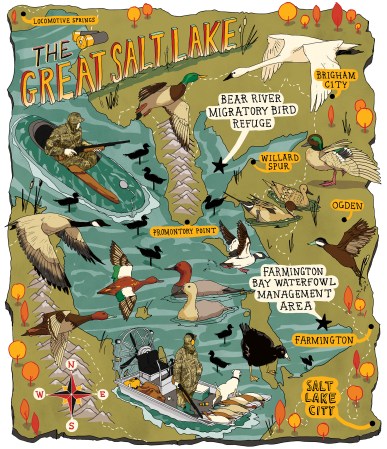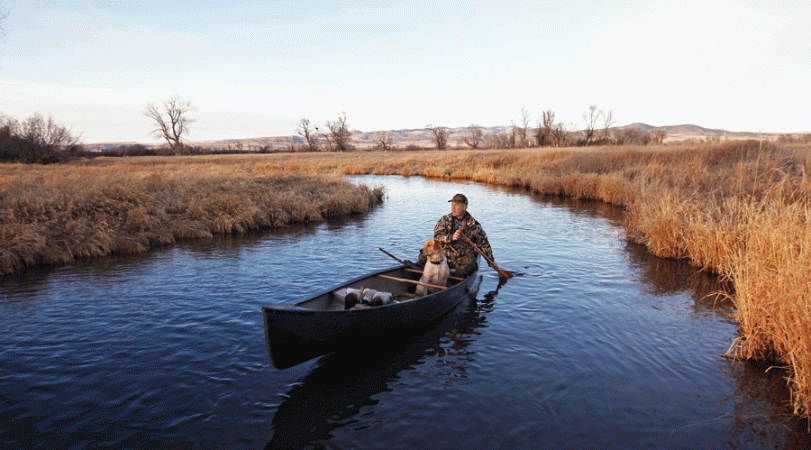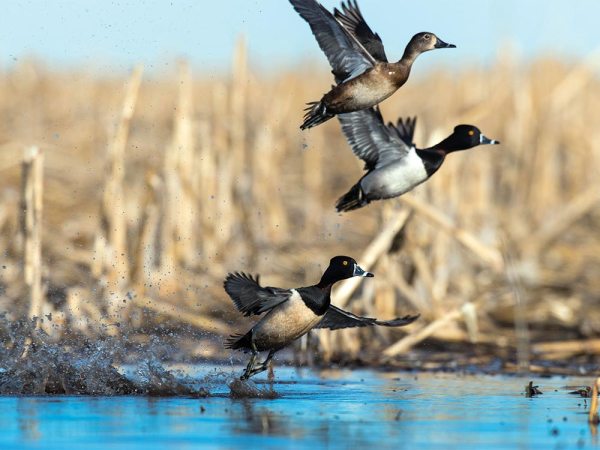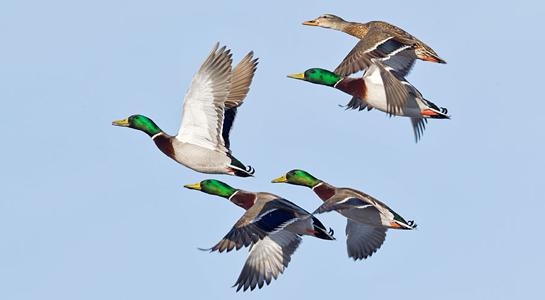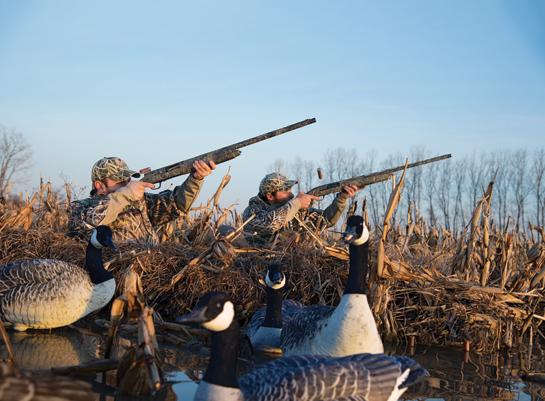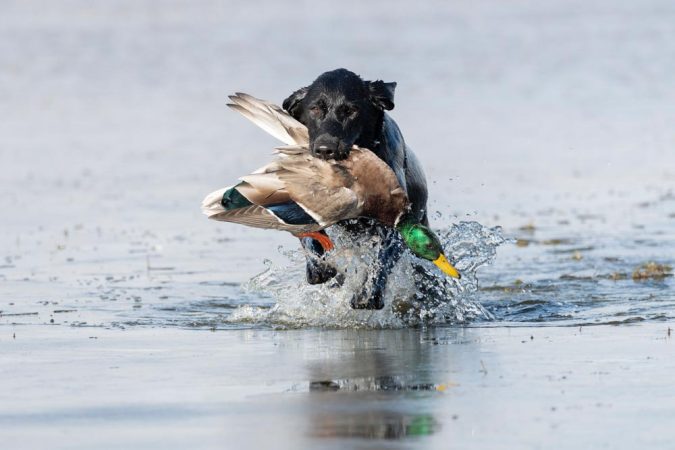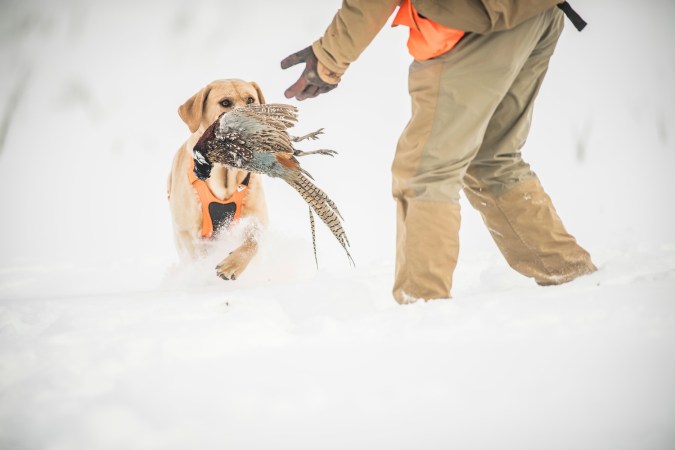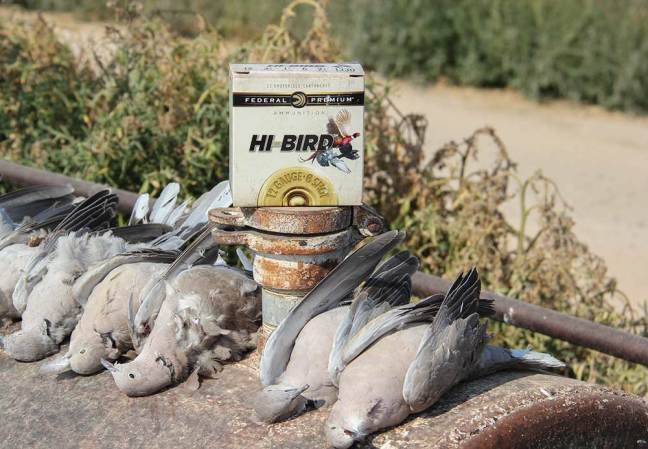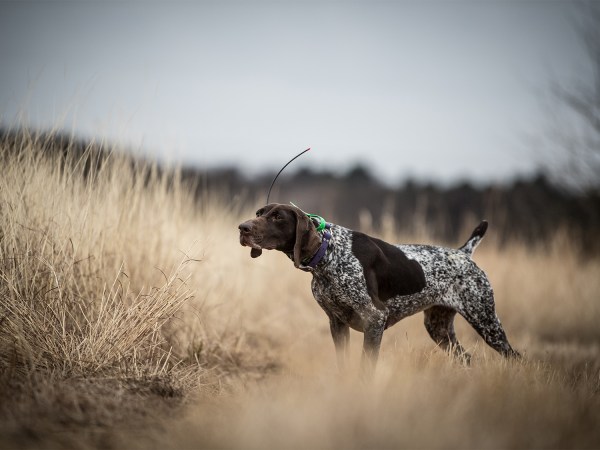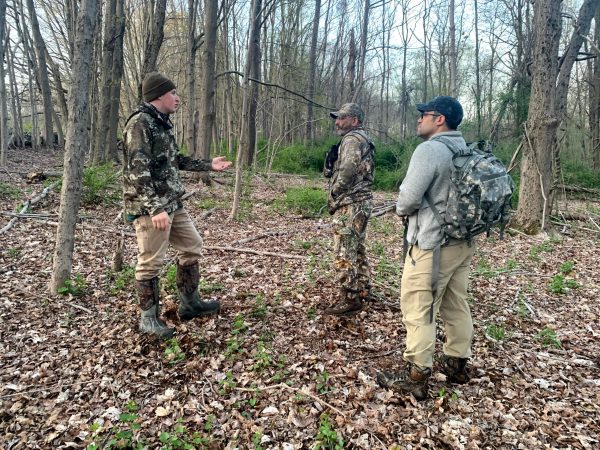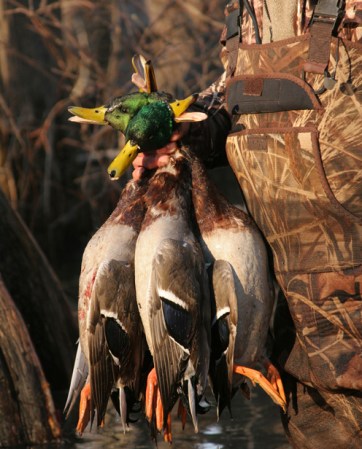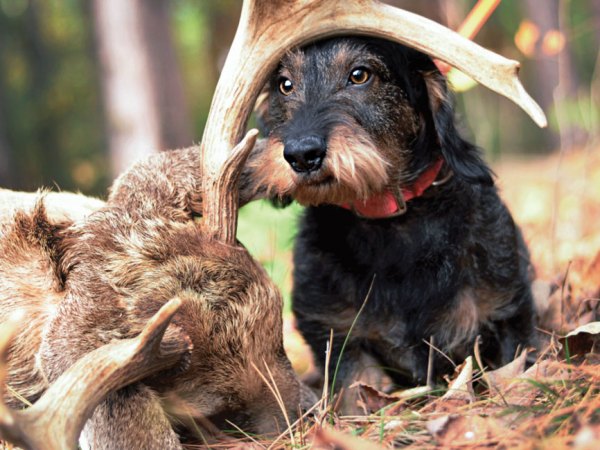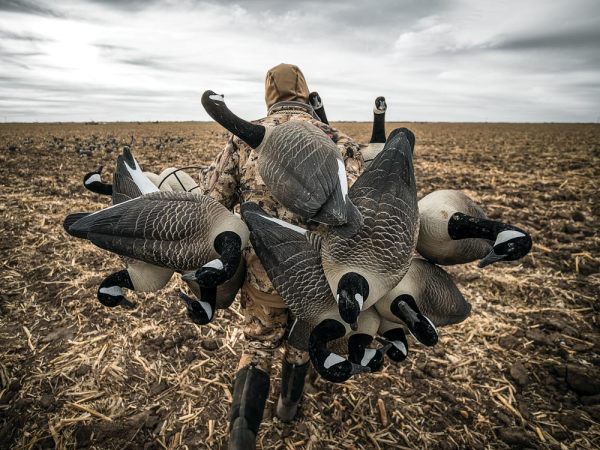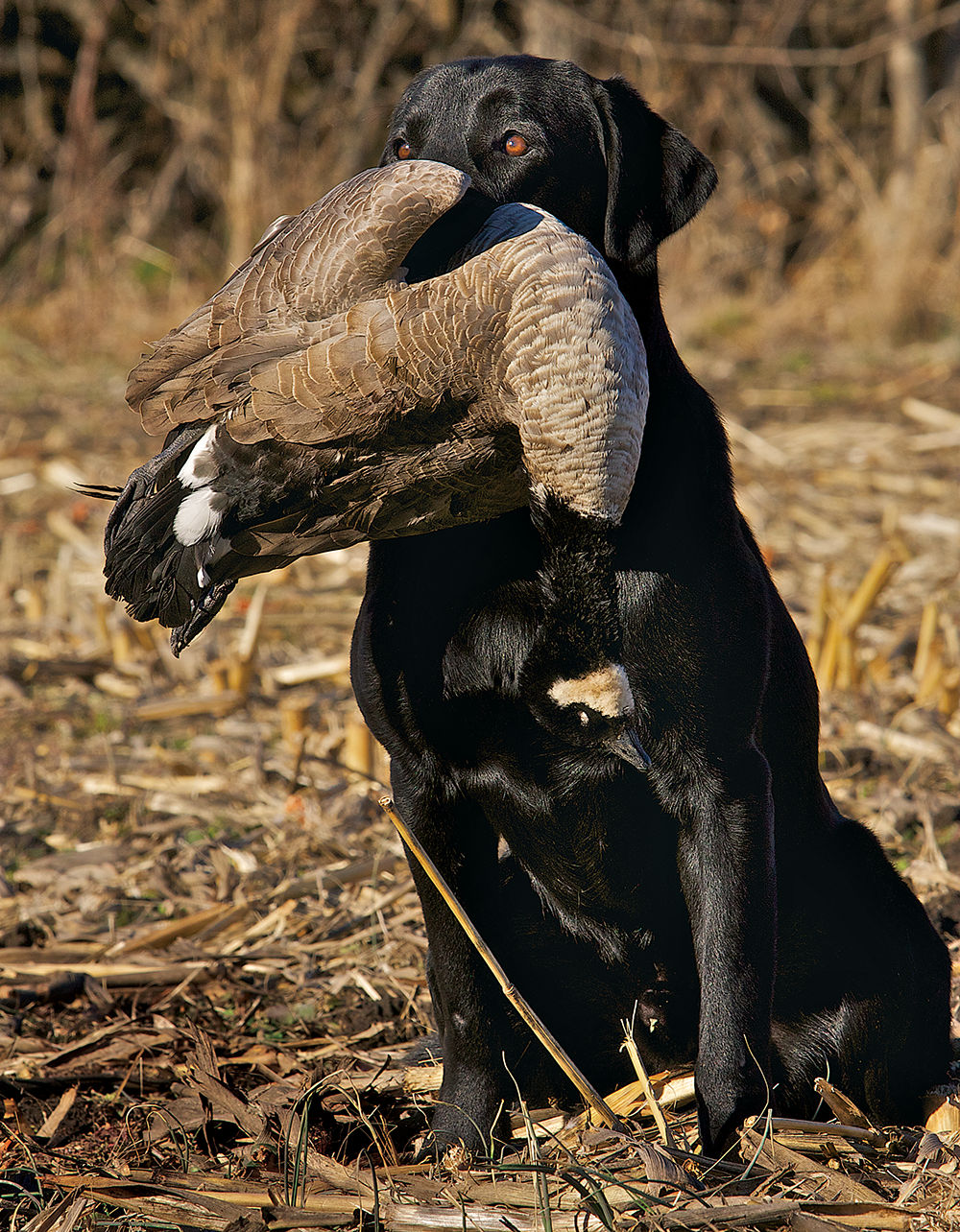
There are few things more enjoyable than sharing a duck blind with your favorite hunting partners. Over the course of a long season, though, there are bound to be days when you just have to hunt but can’t find anyone to join you. While a successful day of flying solo can be very rewarding, it’s also considerably more work than sharing duties with a buddy or two. This is because you’re accountable for all stages from start to finish. There’s no one else to rely on if your headlamp batteries die at 4 a.m., and you’ll be the only one answering the question, “Well, how do the decoys look?”
Here are some tips that should help keep your waders dry and duck strap full the next time you venture out alone.
Work Smarter, Not Harder
As a general rule of thumb, preparation dictates success. Out in the marsh, the solo hunter does everything alone, so being prepared and well organized is vital.
I often make checklists—especially for weekend trips—that include everything from extra headlamp batteries to granola bars. A list takes just minutes to create and gives me a visual cue to double-check what I might’ve forgotten. Spend extra time the night before going through your bag. It’s worth it.
Avery pro-staffer Nathan Bender spends much of his time hunting alone in the sloughs of southern Wisconsin, and he understands the value of preparation. “Being well organized when hunting by yourself makes getting things set up and taken down a lot easier,” he says.
Along with getting everything else you need to a particular hunting location, toting decoys is typically a solo waterfowler’s biggest chore. Bender carries his in slotted bags to keep the decoys separate and prevent time-sucking frustrations like tangled lines. In recent years, many hunters have come to favor Texas-rigged decoy lines, which can be deployed and collected quickly. (There are many instructional videos on YouTube demonstrating how to Texas-rig your dekes.)
Essential Gear
Over time, the self-reliant hunter learns what equipment makes his life easier in the field, and something I’ve come to rely on for hunting swamps is the MoMarsh Fatboy DP layout boat ($1,349; momarsh.com). It’s just big enough for me, my gear, and my dog, and I’ve equipped mine with a small mud motor that gets me almost anywhere I want to go.
The Fatboy can be covered with layout-style doors and tucked under willows and up against marsh grass, thanks to its low profile. The boat’s small size allows everything to be accessible and easy to manage by one person—from loading and unloading at the ramp to collecting decoys while running the motor.
Canine Companionship
A well-trained retriever is an important tool for any hunter, as a dog increases the odds that every bird makes it back to the blind. But for the soloist, a dog provides great companionship, too. My young Lab, Crash, and I spend most of our summer nights in the yard or out on the training grounds preparing for the season ahead.
Dog training in the off-season is a great way for hunters to stay sharp while prepping for opening day, too. I often incorporate dog stands and blinds in our training sessions to simulate hunting scenarios so that nothing is a surprise for Crash on the first morning out. At the same time, tinkering with gear my dog will use allows me time to understand the equipment and find the right products to use for the fall.
The solo hunter is a tough breed of waterfowler, and his key to success is knowing the processes and the gear that will work for him from opening day to the final flight.
